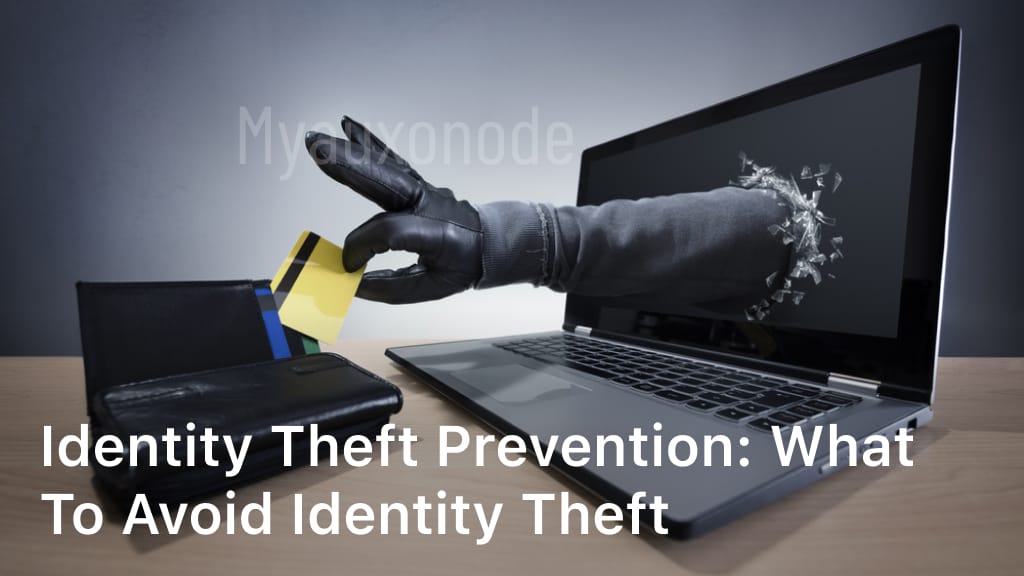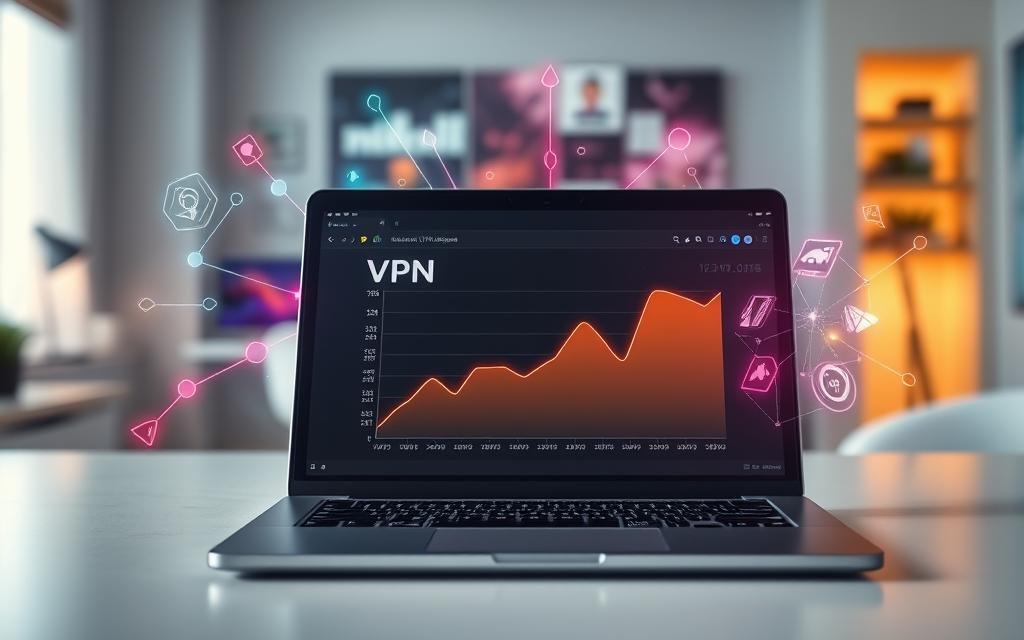Welcome to our comprehensive guide on identity theft prevention. In today’s digital world, protecting yourself against identity theft is more important than ever. By taking proactive measures and following essential tips, you can safeguard your personal information and ensure your online presence is secure. In this article, we will explore effective strategies and techniques to protect against identity theft and provide you with the knowledge you need to stay safe. Identity theft is a serious crime that can have devastating consequences. Criminals can use stolen personal information to commit fraud, open credit accounts, and even access your financial resources. However, by understanding the risks and implementing preventive measures, you can significantly reduce the chances of falling victim to identity theft. Throughout this guide, we will cover various aspects of identity theft prevention. From understanding the concept of identity theft to exploring online risks and prevention techniques, we will equip you with the knowledge to navigate the digital landscape safely. Additionally, we will discuss different measures you can incorporate into your daily life to prevent identity theft and highlight the services available to provide you with extra protection. Remember, identity theft prevention is not a one-time task but an ongoing effort. By staying informed and remaining vigilant, you can protect your personal information and preserve your peace of mind. Let’s dive into the world of identity theft prevention and arm ourselves with the tools needed to stay one step ahead of cybercriminals. Understanding Identity Theft In this section, we will delve into the concept of identity theft and its potential implications. It’s crucial to have a deeper understanding of how identity theft occurs to effectively protect yourself against it. By familiarizing yourself with the various prevention tips and strategies, you can safeguard your personal information and keep it out of the hands of identity thieves. How Does Identity Theft Happen? Identity theft can happen through various means, including: Phishing scams: Fraudulent emails or websites designed to trick you into revealing personal information Data breaches: Hackers gaining unauthorized access to databases containing personal information Lost or stolen documents: Physical theft of documents like passports, driver’s licenses, or credit cards Prevention Tips and Strategies To protect yourself from identity theft, consider implementing the following prevention measures: Monitor your financial accounts regularly for any suspicious activity Secure your devices with strong passwords and enable multi-factor authentication Be cautious when sharing personal information online or over the phone Shred documents containing sensitive information before disposing of them Regularly check your credit reports for any errors or unauthorized accounts By staying informed and implementing these identity theft prevention strategies, you can significantly reduce the risk of becoming a victim. Protecting your personal information is crucial in today’s digital world, and being proactive is key to maintaining your security. Online Identity Theft Prevention With the increasing prevalence of online activities, protecting your personal information from identity theft has never been more crucial. Online identity theft poses specific risks that require targeted prevention techniques. By implementing the following strategies, you can safeguard your online activities and reduce the risk of falling victim to cybercriminals. 1. Use Strong and Unique Passwords Creating strong, complex passwords for your online accounts is an essential first step in online identity theft prevention. Avoid using easily guessable passwords such as your name or birthdate. Instead, use a combination of upper and lowercase letters, numbers, and special characters. Additionally, use a unique password for each account to minimize the impact of a potential data breach. 2. Enable Two-Factor Authentication Enable two-factor authentication whenever possible to add an extra layer of security to your online accounts. This method requires you to provide a secondary form of verification, such as a code sent to your mobile device, after entering your password. It significantly reduces the risk of unauthorized access even if your password is compromised. 3. Be Cautious of Phishing Attempts Phishing emails and websites are common tools used by cybercriminals to trick individuals into revealing their personal information. Be cautious of any emails or messages asking for sensitive data such as passwords, account numbers, or social security numbers. Verify the legitimacy of the sender or website before providing any information. 4. Keep Your Software Updated Regularly update the software on your devices, including your operating system, web browser, and antivirus software. Software updates often include patches for security vulnerabilities that cybercriminals may exploit. By keeping your software up to date, you ensure that you have the latest security measures in place. 5. Secure Your Wi-Fi Network Protect your home Wi-Fi network with a strong password and encryption. Use the WPA2 encryption standard, which is currently the most secure option. Avoid using common or easily guessable network names (SSIDs) and change the default admin credentials for your router. 6. Be Mindful of Social Media Sharing Be cautious about the personal information you share on social media platforms. Avoid sharing sensitive details such as your full address, phone number, or birthdate publicly. Cybercriminals often gather information from social media to facilitate identity theft. By following these online identity theft prevention techniques, you can minimize the risk of becoming a victim of cybercriminals. Protecting your online identity is crucial in today’s digital world, and staying informed and proactive is the key to maintaining a secure online presence. Identity Theft Prevention Measures Protecting yourself against identity theft requires implementing various measures in your daily life. By taking proactive steps to safeguard your personal information and adopting secure practices, you can significantly reduce the risk of falling victim to identity theft. Here are some effective identity theft prevention strategies: Safeguard your personal documents: Keep important documents, such as your social security card, birth certificate, and passports, in a secure location. Consider investing in a home safe or lockbox to protect them from unauthorized access. Use strong and unique passwords: Create strong passwords for your online accounts and avoid using the same password for multiple websites. Incorporate a combination of letters, numbers, and special characters to make it harder for cybercriminals to





